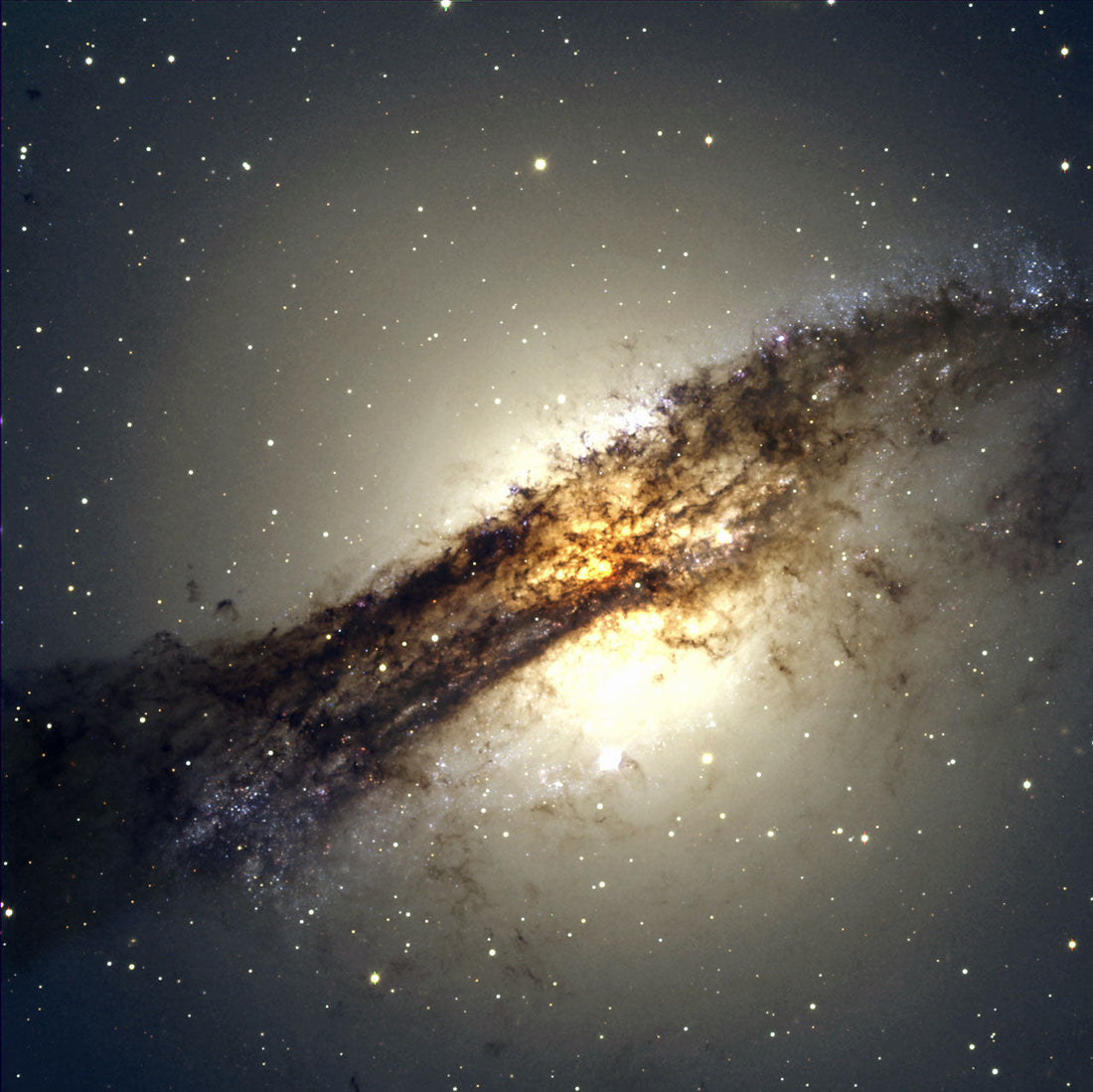
Centaurus A: The First Clear View of a Galactic Big Bang
Centaurus A: The First Clear View of a Galactic Big Bang
If you've ever wondered what a galactic Big Bang might look like, you don’t have to imagine anymore — you only need to look at Centaurus A.
Cosmic Seed Theory (CST) proposes that the universe is built from countless local expansion events — not one singular Big Bang, but millions of galactic-sized Big Bangs unfolding over time. And in Centaurus A, we have perhaps the most vivid, unmistakable evidence of this process happening right in front of us.
At first glance, Centaurus A appears as a lopsided elliptical galaxy tangled with dark dust lanes. But step back and view it across multiple wavelengths, and a spectacular story unfolds: vast radio lobes stretching over a million light-years, jets of material blasting outward from the core, and shocked regions of space lit up like fireworks. This is not the quiet life of an old, settled galaxy. This is the aftermath of a cosmic eruption.
A Galactic Bang in Action
In the CST framework, Centaurus A is not an anomaly or a freak event. It is exactly what we would expect to find if galaxies occasionally undergo localized Big Bangs triggered by the extreme conditions inside supermassive black holes.
- The colossal radio lobes aren't random — they are the telltale signature of space expanding outward from the core, pushing matter into vast arcs and lobes.
- Jets of energy and material streaming from the center are the leftovers of the destabilization event, carrying mass, energy, and magnetic fields outward.
- Material is visibly moving outward from the center, not falling inward, a clear sign of expansion rather than collapse.
Unlike older interpretations that see Centaurus A as a typical merger or radio galaxy, CST reveals the full picture: this is a galaxy midway through its rebirth, not because of a simple collision, but because it experienced a localized cosmic expansion.
Fornax A: Another Clue
Centaurus A isn't alone. Fornax A, another nearby radio galaxy, shows strikingly similar features: twin radio lobes, energetic outflows, and a distorted core region. Though different in detail, Fornax A supports the same story — galaxies don't remain static; they grow, erupt, and renew through episodic expansion events.
Why Centaurus A Matters So Much
In a universe governed by CST, Centaurus A is more than an oddity — it’s a window into the true mechanics of cosmic evolution:
- It shows that galaxies are not permanent structures, but living, dynamic systems.
- It provides direct visual evidence of a galactic Big Bang happening in a real, observable system.
- It aligns naturally with CST's prediction that matter should move outward from the core following a local expansion event.
Centaurus A: The Smoking Gun
The standard Big Bang model assumes a single origin point, followed by a slow, uniform expansion — leaving no room for individual galaxies to erupt, renew, or expand on their own. But Centaurus A defies that narrative. It doesn’t just suggest a localized event — it is one. In Cosmic Seed Theory, that’s not a problem to solve, it’s the whole point.
Rather than forcing observations to fit a single-origin model, CST recognizes what galaxies like Centaurus A are plainly showing us: expansion is ongoing, localized, and real. We’re not looking at a mystery — we’re looking at a cosmic truth that’s been hiding in plain sight.
Centaurus A isn’t just supporting CST. It’s announcing it.
